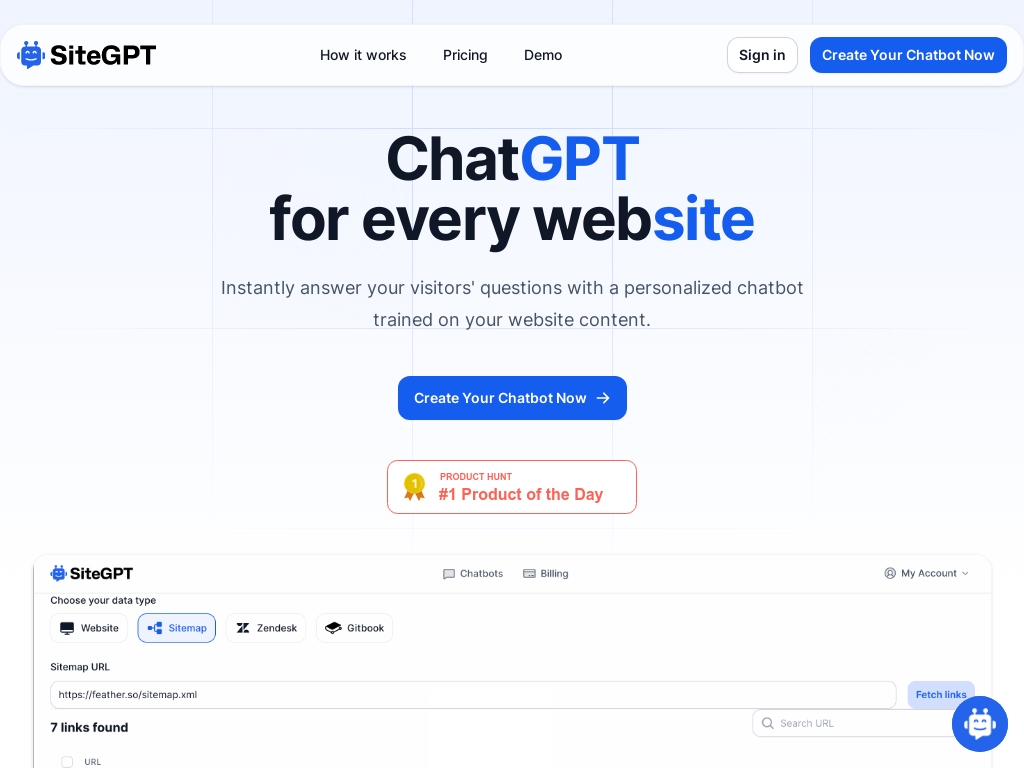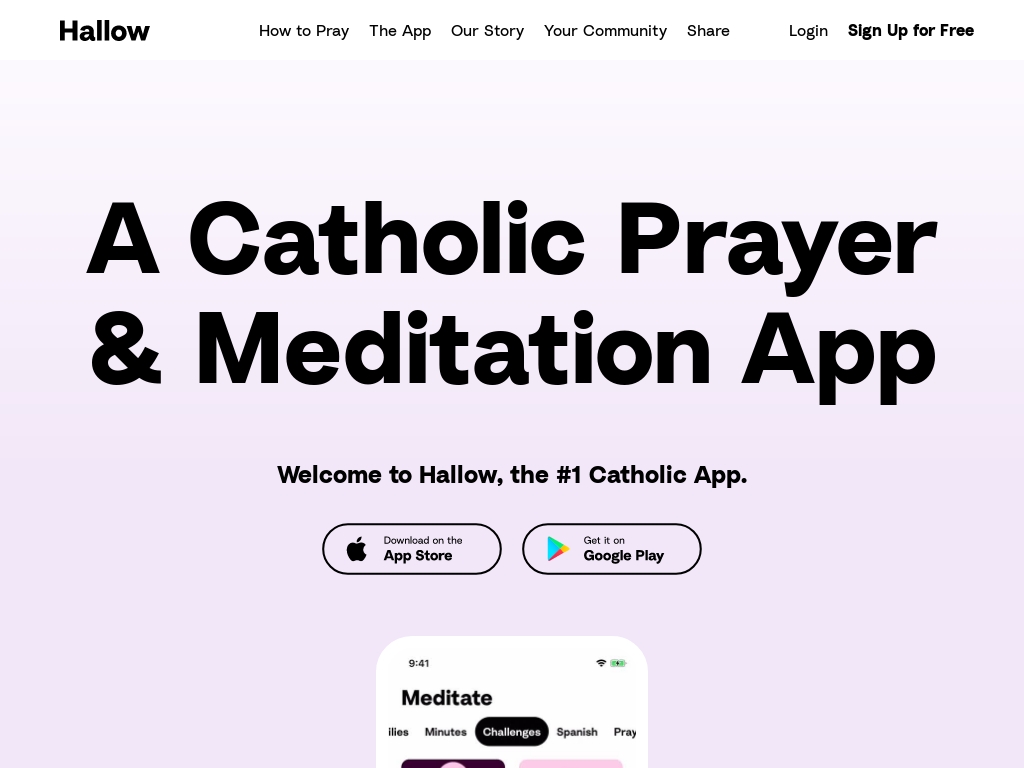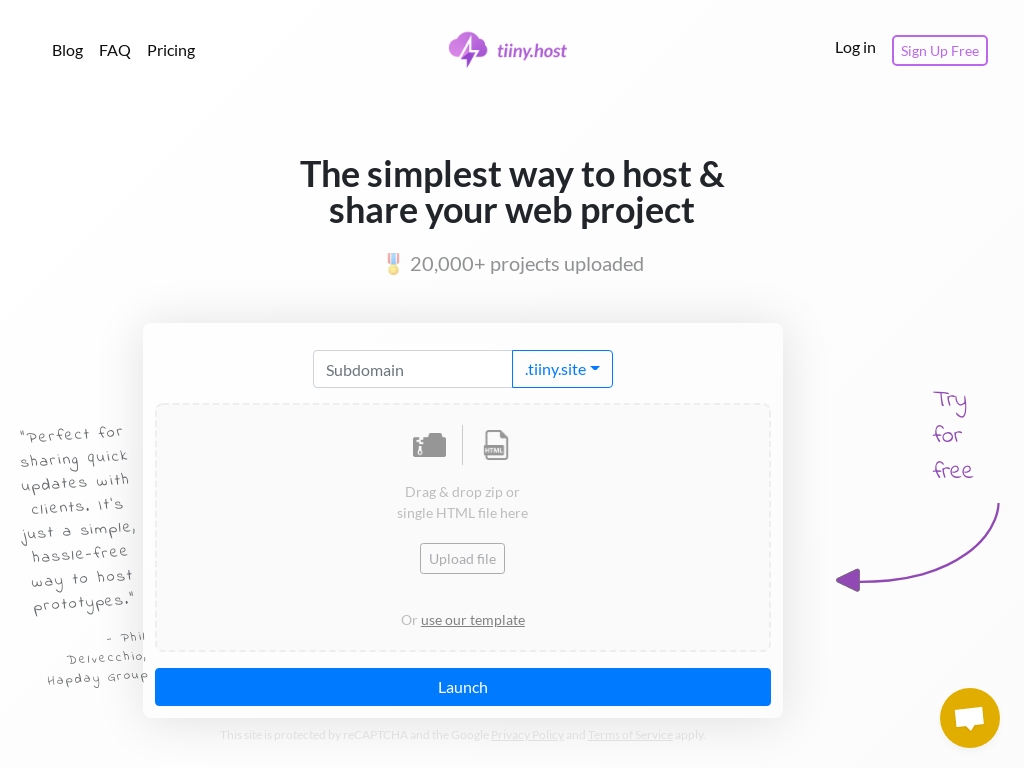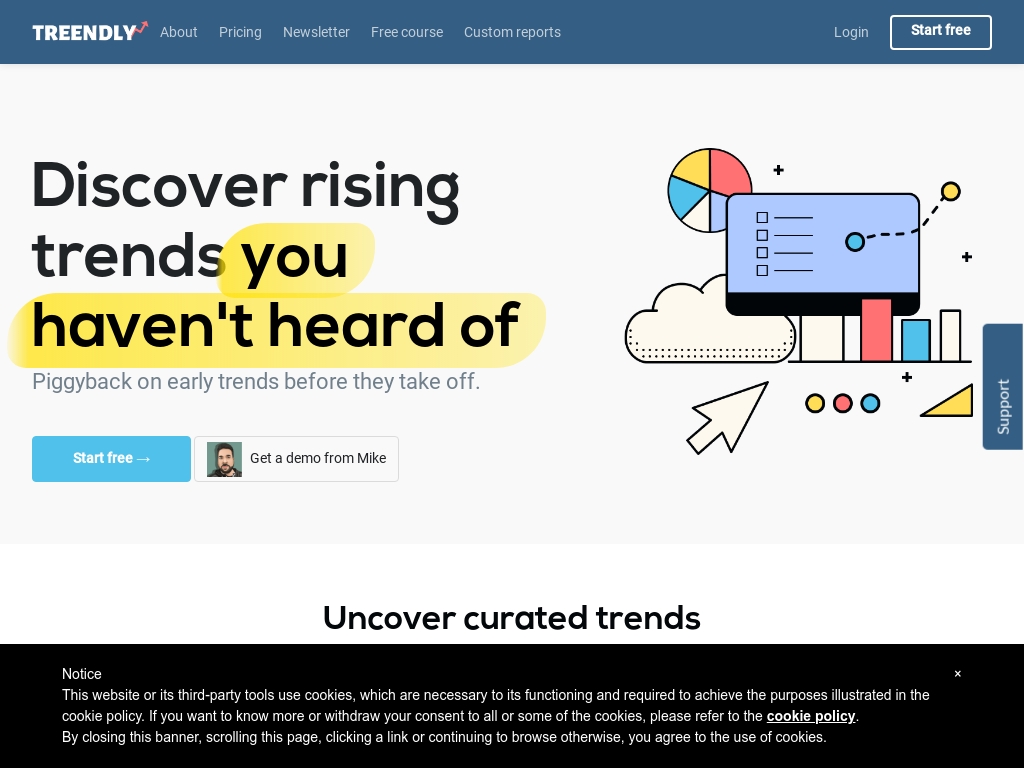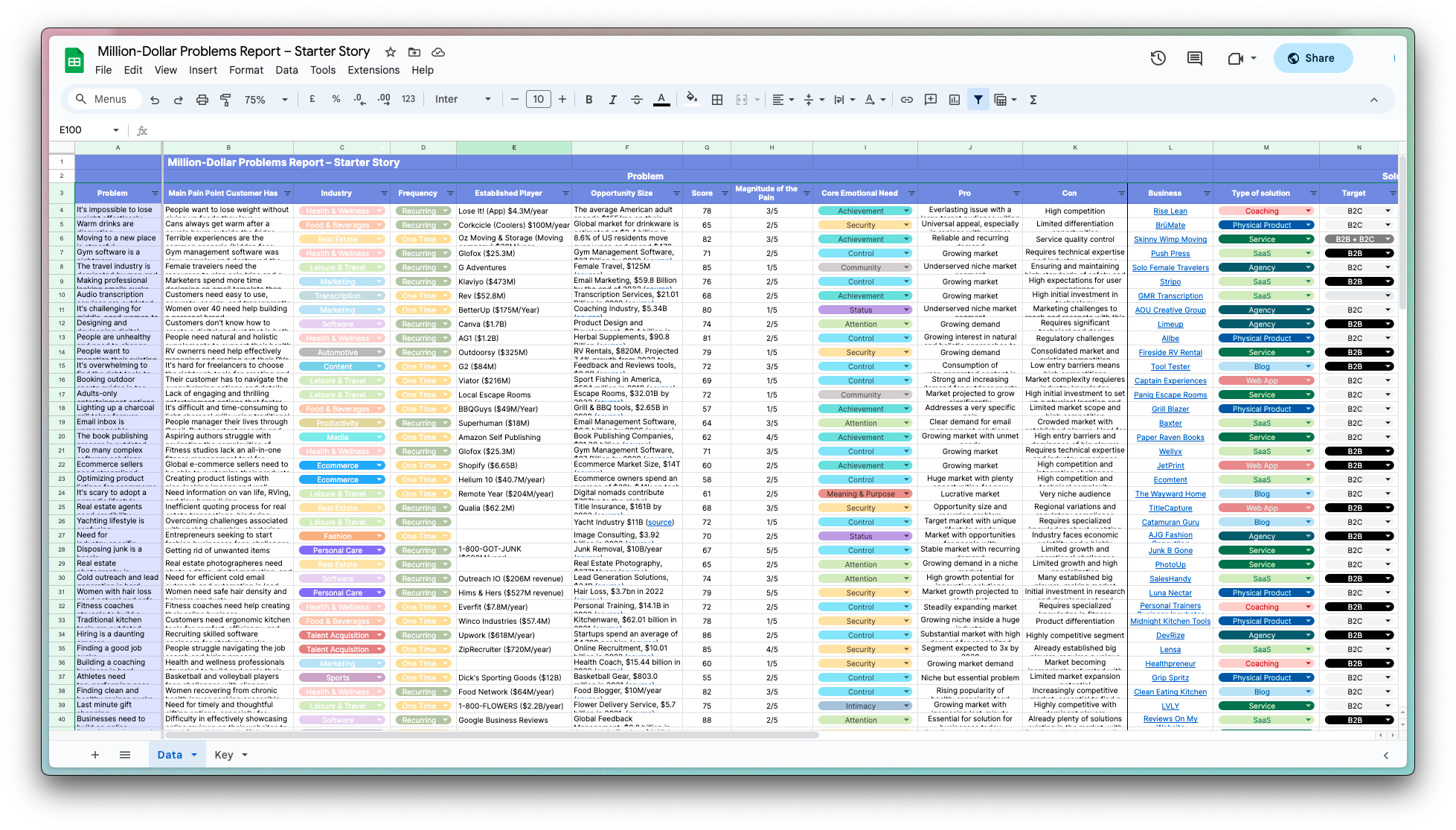
How Metadata Bounced Back With $15M ARR Using Bold Playbooks
Who is Gil Allouche?
Gil Allouche, the founder and CEO of Metadata, hails from Israel where he developed an early interest in computers and software engineering. He moved to the U.S. to pursue an MBA at Babson College, blending his technical skills with business acumen and eventually transitioning into marketing, which led him to start Metadata in 2015.
What problem does Metadata solve?
Metadata simplifies B2B marketing by automating repetitive technical tasks, freeing marketers to focus on strategy while ensuring effective targeting and optimization. This is crucial for companies overwhelmed by managing multiple platforms and ensuring their marketing spend targets the right audience efficiently.
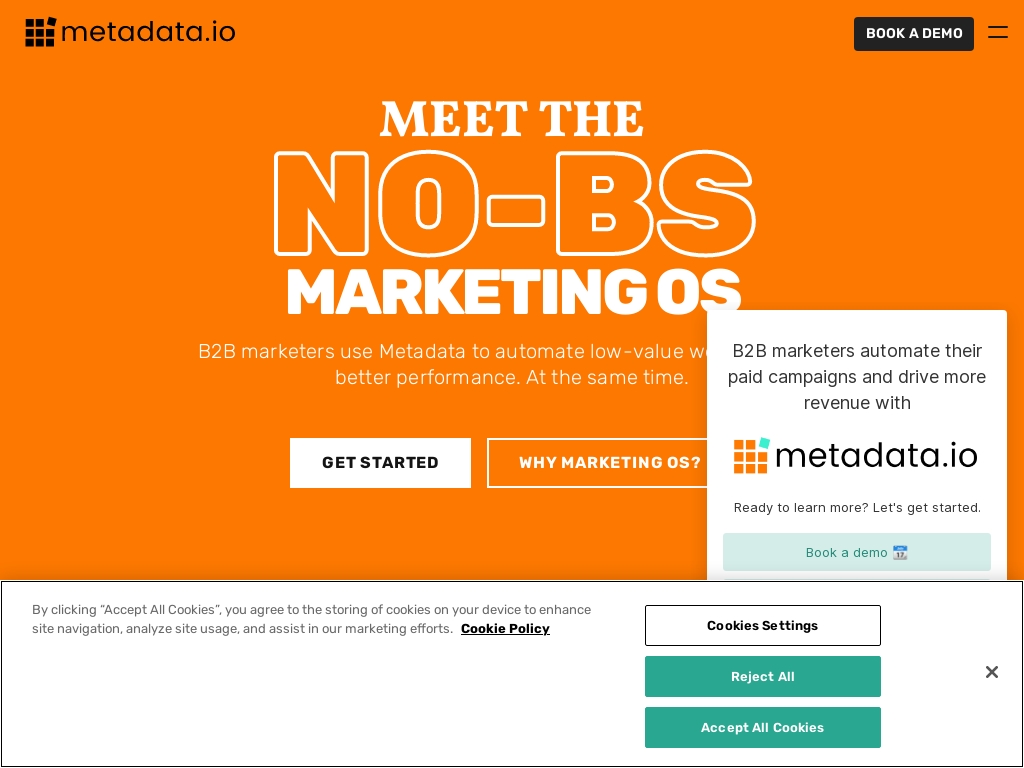
How did Gil come up with the idea for Metadata?
Gil Allouche identified a gap between the available data and tools for B2B marketers and the potential that existed with advanced data-driven strategies. His time working as a marketer revealed how overwhelming and inefficient existing marketing systems could be due to repetitive, manual tasks that begged for automation. This realization, combined with his technical background as a software engineer, spurred the idea for Metadata—a B2B marketing operating system to simplify demand generation.
Before diving into the development of Metadata, Gil validated his hypothesis by consulting with other marketing professionals and running his own experiments as a consultant. This not only gave him confidence in the product's need but also allowed him to refine his solutions based on real-world feedback. One of the critical insights during this phase was the importance of creating a repeatable sales process and ensuring clear signs of product-market fit, which drove the initial design and development of Metadata.
A significant challenge for Gil was overcoming the lack of initial resources and struggling to find the right market fit, which took several iterations and years of persistence. But the key takeaway from this ideation phase was the need for relentless experimentation without being bogged down by conventional marketing wisdom, focusing instead on creating a marketing tool that empirically demonstrated value by optimizing for revenue rather than vanity metrics.
How did Gil Allouche build the initial version of Metadata?
Metadata was built with a strong foundation in software engineering and marketing automation. Gil Allouche, with his background as a software engineer and marketer, took a hands-on approach in the early stages of developing Metadata, often coding and automating tasks himself. The first version of Metadata's software aimed to automate repetitive B2B marketing tasks, and it was developed over several years with a focus on customer development to find product-market fit. The process was more challenging than anticipated, as it took years before achieving a meaningful ARR and product-market fit. During development, emphasis was placed on using data-driven approaches and analytical rigor, leveraging AI and machine learning to optimize marketing campaigns and target the right audiences effectively. The experience was both exhilarating and daunting as it involved building an innovative solution in a competitive space with limited initial resources.
What were the initial startup costs for Metadata?
- Funding Rounds: Metadata raised $200K in accounts receivable debt, $300K in convertible note, followed by a $2 million raise, and a subsequent $4.5 million round.
What was the growth strategy for Metadata and how did they scale?
Comparison Guides
Metadata adopted a strategy using comparison guides to directly engage potential buyers at the decision stage of the buying process. Instead of spreading resources across all marketing funnel stages, they focused solely on influencing potential customers who were already evaluating different vendors. They utilized review sites such as G2 and Trust Radius to show their strengths and provide comparison guides sorted by features that highlighted their advantages, like ROI.
Why it worked: This approach allowed them to effectively position themselves as a top contender when potential buyers were ready to make a decision. By leveraging third-party credibility from review sites, they provided objective-seeming comparisons that often prompted prospects to consider Metadata, even if they initially favored competitors.
LinkedIn Conversational Ads
Metadata used LinkedIn's conversational ads to initiate direct dialogue with potential leads. These ads functioned as promoted in-mails that provided value—such as a gift card or a marketing audit—in exchange for the lead's time to hear a sales pitch. The focus was on quickly setting up calls with qualified prospects who were open to being pitched.
Why it worked: This strategy brought in leads who were informed and ready to engage in meaningful dialogue, minimizing the sales cycle. By giving something of value for initial contact, they improved the likelihood of successful sales engagements, all while targeting the right decision-makers within the companies.
Close-Loss Campaigns
Metadata focused on reengaging with previous leads that didn’t convert by implementing close-loss campaigns. They analyzed reasons for lost deals—be it timing, budget, or a shift in decision-makers—and revisited these prospects with improved solutions or at more opportune times. This included reaching out to past champions who had changed companies.
Why it worked: By maintaining an updated understanding of customer needs and being responsive to their previous hurdles, Metadata managed to reignite previously dwindled interest. This strategy reduced customer acquisition costs as it focused on already warm leads who were familiar with the product.
B2C Social Advertising
Contrary to traditional beliefs in B2B marketing, Metadata explored social media platforms like Facebook, Instagram, and Reddit to engage B2B customers. They didn’t rely on native targeting; instead, they used their own extensive data to reach specific job titles and company profiles across various social channels.
Why it worked: The unconventional approach of targeting potential B2B clients on B2C platforms provided them with a competitive edge, reaching decision-makers where their competitors weren’t looking. This innovative use of social media channels allowed Metadata to capture untapped audiences, significantly broadening their reach and efficiently lowering their customer acquisition cost.
What's the pricing strategy for Metadata?
Metadata prices its offerings with an annual subscription model starting at $48,000, featuring a pricing structure that scales based on customer needs and usage.
What were the biggest lessons learned from building Metadata?
- Cut Costs to Survive: To avoid running out of cash, Metadata's CEO cut unnecessary expenses aggressively, even if it meant hurting personal credit scores. This teaches aspiring founders the importance of managing cash flow and being ruthless about cost-cutting in critical times.
- Engage Your Team Creatively: When funds were low, Metadata converted commissions to stocks for salespeople. This not only retained talent but also aligned the sales team's success with company growth—an innovative strategy for keeping key players motivated during financial crunches.
- Leverage Customer Feedback: By meeting customers directly, Metadata learned which parts of their product were vital to retaining them. Launching new product versions based on this feedback helped maintain customer retention during tough times, highlighting the value of customer insights in pivoting business strategies.
- Experiment Aggressively: Metadata used multiple growth tactics, such as conversational ads and social media campaigns, focusing on real revenue results rather than vanity metrics. This approach emphasizes the need for constant experimentation and data-driven decisions to discover effective growth strategies.
- Focus on Financial Sustainability: Metadata's journey underlines the importance of becoming a sustainable company before seeking additional funding. Being financially stable shifts the conversation with investors, reducing risks and altering the dynamics of term sheet negotiations.
Discover Similar Business Ideas Like Metadata
|
|
Idea
|
Revenue
|
|---|---|---|
|
PDFShift
|
HTML-to-PDF conversion API service.
|
$8.5K
monthly
|
|
SiteGPT
|
AI chatbot trained on your website content.
|
$15K
monthly
|
|
Hallow
|
"Catholic prayer and meditation app fostering faith growth."
|
$278K
monthly
|
|
tiiny.host
|
Static website hosting made simple for everyone.
|
$15K
monthly
|
|
Studio Wombat
|
WooCommerce plugin developer for enhanced e-commerce features.
|
$15K
monthly
|
|
Treendly
|
Trend-spotting platform for untapped market insights.
|
$1K
monthly
|
|
ScreenshotOne
|
API for capturing website screenshots easily.
|
$2.2K
monthly
|
More about Metadata:
Who is the owner of Metadata?
Gil Allouche is the founder of Metadata.
When did Gil Allouche start Metadata?
2015
What is Gil Allouche's net worth?
Gil Allouche's business makes an average of $1.25M/month.
How much money has Gil Allouche made from Metadata?
Gil Allouche started the business in 2015, and currently makes an average of $15M/year.
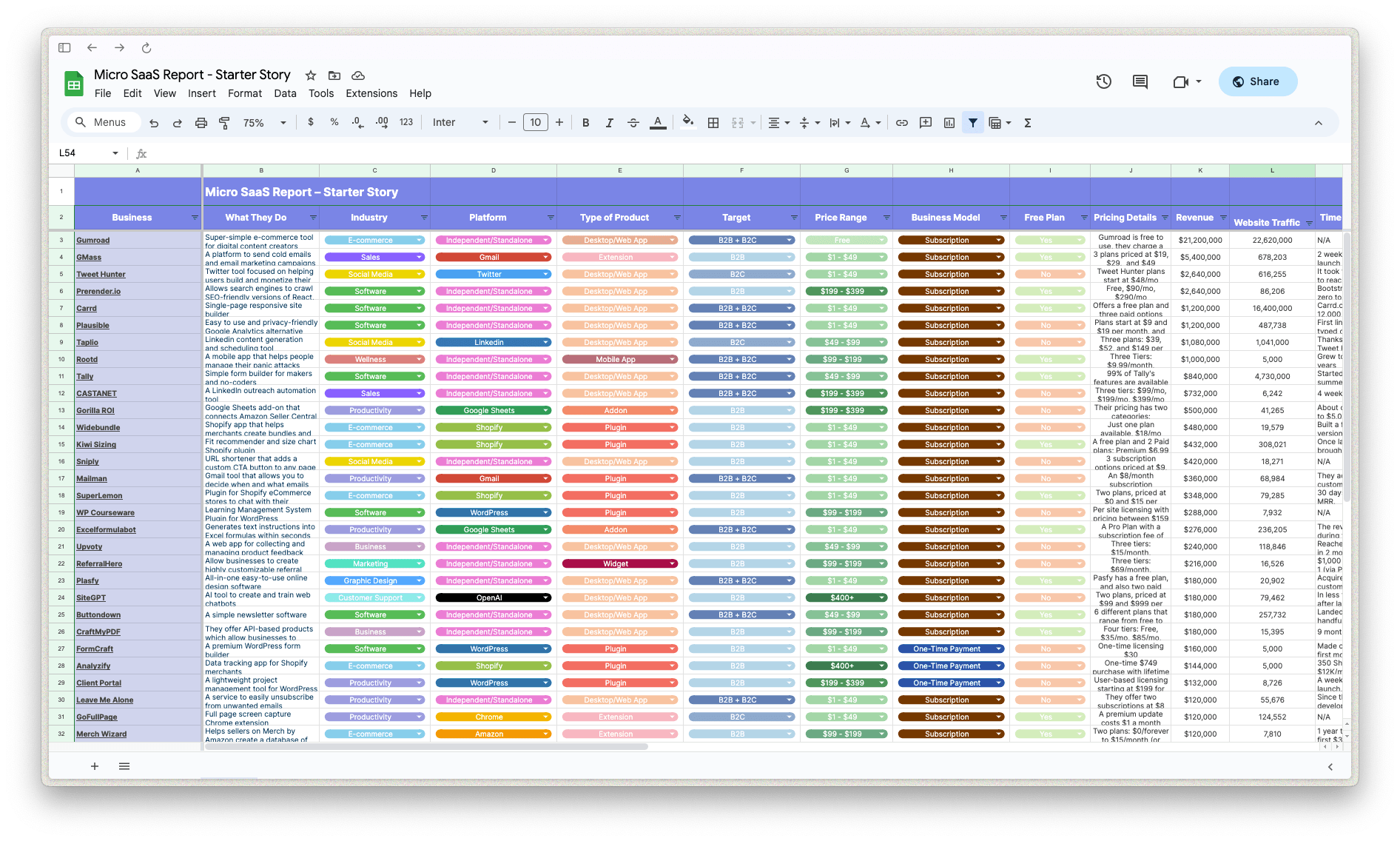
Download the report and join our email newsletter packed with business ideas and money-making opportunities, backed by real-life case studies.

Download the report and join our email newsletter packed with business ideas and money-making opportunities, backed by real-life case studies.

Download the report and join our email newsletter packed with business ideas and money-making opportunities, backed by real-life case studies.

Download the report and join our email newsletter packed with business ideas and money-making opportunities, backed by real-life case studies.

Download the report and join our email newsletter packed with business ideas and money-making opportunities, backed by real-life case studies.

Download the report and join our email newsletter packed with business ideas and money-making opportunities, backed by real-life case studies.

Download the report and join our email newsletter packed with business ideas and money-making opportunities, backed by real-life case studies.

Download the report and join our email newsletter packed with business ideas and money-making opportunities, backed by real-life case studies.

